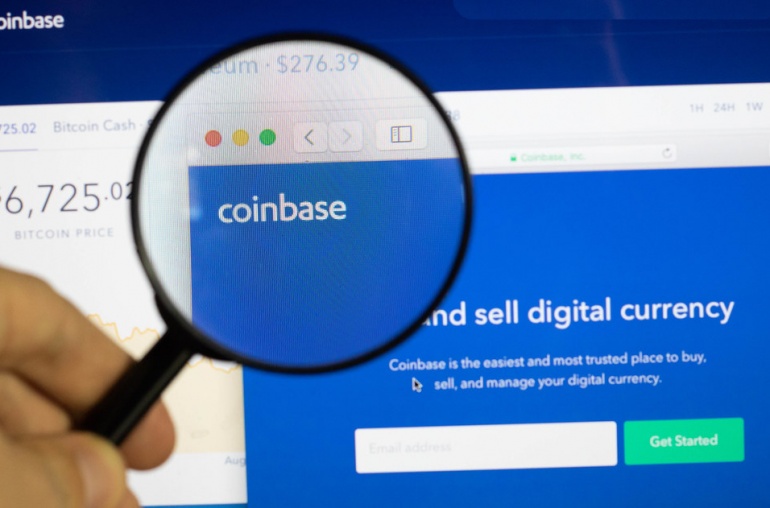
- Renewable energy stocks have been among the few gainers in otherwise volatile markets, since Russia invaded Ukraine.
- So far, investors haven’t poured into electric vehicle or battery makers, but the sector is already richly-valued and prices remain vulnerable to slowing sales as inflation rises.
The logic is seductive in its simplicity – since oil is now skyrocketing, investors should start looking out for those companies involved in the renewable energy business, in particular electrification of vehicles.
But the inconvenient reality is that much of that electrification relies on an industrial metal that in recent days has soared to US$100,000, a ton and which Russia and Ukraine are major suppliers of – nickel.
Renewable energy stocks have been among the few gainers in otherwise volatile markets, since Russia invaded Ukraine, for instance Vestas Wind Systems (-6.33%) which makes wind turbines, has risen 37% since hitting a 20-month low just two weeks ago.
Both retail investors and hedge funds are pouring into clean energy stocks, according to data from VandaTrack on the assumption that demand for renewable-energy installations will surge as Europe learns to wean itself off Russian gas and oil.
But the problem with buying into that narrative is that many of the commodities that renewable energy companies rely on come from Russia and Ukraine, including nickel, iron and coal.
Nickel is an essential ingredient in batteries and while the recent surge in the metal’s price on the London Metal Exchange was mainly due to short-covering by a Chinese firm – Chinese nickel giant Tsingshan now faces a US$8 billion trading loss for betting against the price of nickel rising – the metal’s price is likely to remain elevated because of Western sanctions against Russia and Ukraine’s inability to access its ports.
The London Metal Exchange is currently closed to allow for the orderly settlement of trades, but when it does reopen, nickel is still likely to be expensive – it was already at a 10-year high even before the Russian invasion.
While Russia supplies only around 5% of the world’s nickel, it makes up a whopping 17% of high-quality nickel production, which is a key component of electric vehicles, because they are less likely to explode or catch fire.
The rising cost of nickel will crimp performance at big battery makers including LG Energy Solution (+4.02%), Panasonic (+6.98%), and Contemporary Amperex Technology (+4.91%) and be challenging for major consumers of such batteries, including Tesla (+4.19%) and Volkswagen (+10.66%).
So far, investors haven’t poured into electric vehicle or battery makers, but the sector is already richly-valued and prices remain vulnerable to slowing sales as inflation rises.



